Home>Storage & Organization>Kitchen Organizing Tools>Why Do Cats Scratch The Wall After Using The Litter Box
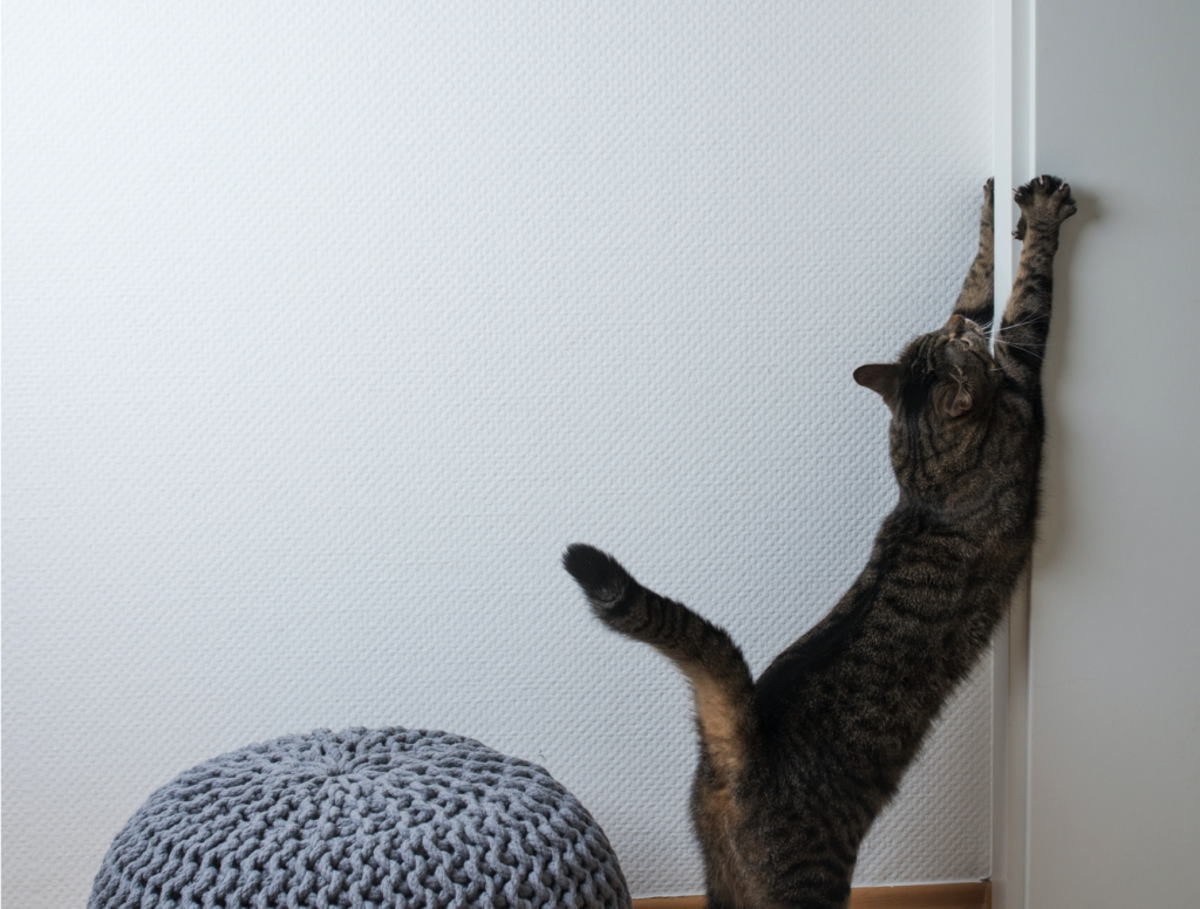

Kitchen Organizing Tools
Why Do Cats Scratch The Wall After Using The Litter Box
Modified: March 2, 2024
Discover the best kitchen organizing tools to keep your space clutter-free and efficient. Find top-rated products and tips for a tidy kitchen.
(Many of the links in this article redirect to a specific reviewed product. Your purchase of these products through affiliate links helps to generate commission for Storables.com, at no extra cost. Learn more)
Introduction
Cats are fascinating creatures with a multitude of behaviors that can sometimes leave their human companions puzzled. One such behavior that often raises questions is why cats scratch the wall after using the litter box. This seemingly peculiar action can be attributed to various factors, including instinctual behavior, territorial marking, and the need to maintain their claws. Understanding the reasons behind this behavior is crucial for cat owners to provide the best care for their feline friends. In this article, we will delve into the intricate world of feline behavior to shed light on why cats exhibit this particular scratching behavior and explore effective ways to address it.
Key Takeaways:
- Cats scratch walls after using the litter box to maintain their claws, mark territory, and seek attention. Providing scratching posts and seeking veterinary advice can help address this natural behavior and foster a harmonious relationship with our feline friends.
- Understanding a cat’s instinctual behavior, providing suitable scratching posts, and using deterrents can help redirect their scratching tendencies. By acknowledging their needs and motivations, we can create a conducive environment for both cats and their human caregivers.
Understanding Cat Behavior
Understanding cat behavior is essential for fostering a harmonious relationship with our feline companions. Cats are known for their independent and enigmatic nature, which often leads to behaviors that may seem perplexing to humans. By delving into the intricacies of feline behavior, we can gain valuable insights into their motivations and needs.
Cats are inherently territorial animals, and their behavior is often driven by a strong sense of instinct and survival. They have a natural inclination to mark their territory, which manifests in various behaviors, including scratching. Additionally, cats are highly sensitive to their environment and may exhibit behaviors that serve as a means of communication and self-expression.
Furthermore, understanding the innate predatory instincts of cats is crucial in comprehending their behavior. Cats are natural hunters, and their actions are often guided by the need to stalk, pounce, and explore their surroundings. This primal instinct influences their behavior, including the scratching of surfaces, as it allows them to exercise and maintain their claws, essential tools for hunting and self-defense in the wild.
Moreover, cats are creatures of habit and routine. Changes in their environment or daily schedule can significantly impact their behavior, leading to stress or anxiety-related actions, such as excessive scratching. By recognizing the significance of stability and predictability in a cat's life, we can better understand their behavioral patterns and provide a conducive environment for their well-being.
In essence, understanding cat behavior involves acknowledging their innate instincts, territorial nature, and unique communication methods. By gaining insight into the complexities of feline behavior, we can cultivate a deeper understanding and appreciation for our beloved feline companions, paving the way for a fulfilling and enriching bond.
Instinctual Behavior
Cats are fascinating creatures with a rich tapestry of instinctual behaviors that have been honed through centuries of evolution. These behaviors are deeply ingrained in their genetic makeup and play a pivotal role in their survival and well-being. When it comes to scratching the wall after using the litter box, this behavior can be traced back to their primal instincts and innate drives.
One of the primary instinctual behaviors that influence a cat's scratching actions is their innate need to maintain and sharpen their claws. In the wild, a cat's claws are indispensable tools for hunting, climbing, and defending themselves against potential threats. By scratching surfaces, cats effectively remove the outer sheath of their claws, keeping them sharp and in optimal condition. This behavior is deeply rooted in their predatory nature and serves as a means of self-maintenance, ensuring that their claws remain effective for various essential tasks.
Furthermore, scratching also allows cats to stretch their muscles and mark their territory, both of which are instinctual behaviors deeply ingrained in their feline nature. When a cat scratches a surface, they leave both a visual mark and a scent from the glands in their paws, effectively claiming the area as their own. This territorial marking is a fundamental instinct that stems from their wild ancestors' need to establish and defend their territory.
Additionally, the act of scratching serves as a form of physical and mental stimulation for cats. In the wild, cats would engage in various activities such as climbing, scratching, and hunting to keep their bodies and minds active. By replicating these natural behaviors in a domestic setting, cats can satisfy their innate need for physical and mental stimulation, contributing to their overall well-being and contentment.
Understanding the instinctual basis of a cat's scratching behavior provides valuable insights into their needs and motivations. By recognizing and respecting these innate drives, cat owners can create an environment that supports their feline companions' natural behaviors, ultimately fostering a harmonious and enriching relationship.
Marking Territory
Marking territory is a fundamental aspect of a cat's behavior, deeply rooted in their evolutionary history and innate instincts. Cats are inherently territorial animals, and the act of marking their territory through scratching serves as a means of communication and assertion of ownership. When a cat scratches the wall after using the litter box, it is often a deliberate display of territorial marking, leaving both a visual and olfactory signal that the area belongs to them.
From a feline perspective, territory is more than just physical space; it encompasses a sense of security, familiarity, and a means of establishing their presence within their environment. By scratching the wall, cats leave behind scent marks from the glands in their paws, effectively claiming the area as their own. This scent marking serves as a form of communication with other cats, conveying vital information about their presence and territorial boundaries.
In a multi-cat household, the act of marking territory through scratching becomes even more significant. Cats may engage in territorial marking behaviors to establish hierarchies and delineate individual spaces within the shared environment. This behavior is a natural expression of their social dynamics and plays a crucial role in maintaining a sense of order and structure within the feline community.
Moreover, territorial marking through scratching can also be triggered by changes in the cat's environment or routine. Cats are highly sensitive to alterations in their surroundings, and they may respond by intensifying their marking behaviors as a way to reassert their territory in response to perceived threats or disruptions.
Understanding the significance of marking territory provides valuable insights into a cat's need for a secure and defined space within their living environment. By acknowledging and respecting their territorial instincts, cat owners can create an environment that supports their feline companions' natural behaviors, fostering a sense of security and stability.
In essence, the act of scratching the wall after using the litter box is a manifestation of a cat's innate drive to mark their territory, communicate with other cats, and establish a sense of ownership within their living space. By recognizing the importance of territorial marking in a cat's behavior, we can cultivate a deeper understanding of their needs and motivations, ultimately strengthening the bond between humans and their feline companions.
Maintaining Claws
Maintaining their claws is a fundamental aspect of a cat's natural behavior, deeply rooted in their evolutionary heritage and essential for their overall well-being. Cats rely on their claws for a myriad of functions, including hunting, climbing, and self-defense. As such, the act of scratching the wall after using the litter box serves as a crucial mechanism for cats to maintain their claws in optimal condition.
In the wild, a cat's claws are indispensable tools for survival, enabling them to capture prey, defend themselves against predators, and navigate their environment with agility and precision. The act of scratching serves to remove the outer sheath of the claws, keeping them sharp and functional. This self-maintenance process is essential for ensuring that a cat's claws remain effective for various tasks, reflecting their innate need for self-sufficiency and adaptability in the wild.
Moreover, scratching also allows cats to stretch and flex their muscles, promoting healthy circulation and mobility. The physical act of scratching engages a cat's entire body, providing them with a form of natural exercise that contributes to their overall physical well-being. By incorporating scratching into their daily routine, cats can maintain their agility and dexterity, essential attributes for their survival instincts and overall health.
From a psychological standpoint, scratching also fulfills a cat's innate need for mental stimulation and stress relief. The rhythmic motion of scratching can have a calming effect on cats, serving as a form of self-soothing and relaxation. This behavior allows cats to release pent-up energy and tension, contributing to their emotional well-being and reducing the likelihood of stress-related behaviors.
Understanding the significance of maintaining claws through scratching provides valuable insights into a cat's physical and psychological needs. By recognizing the multifaceted benefits of scratching for cats, including claw maintenance, physical exercise, and stress relief, cat owners can create an environment that supports their feline companions' natural behaviors, ultimately contributing to their overall health and well-being.
In essence, the act of scratching the wall after using the litter box is a manifestation of a cat's instinctual drive to maintain their claws, engage in physical activity, and alleviate stress. By acknowledging the importance of claw maintenance in a cat's behavior, we can cultivate a deeper understanding of their needs and motivations, ultimately strengthening the bond between humans and their feline companions.
Read more: Why Do Cats Use A Litter Box
Seeking Attention
Cats are known for their independent and often enigmatic nature, but they also possess a strong desire for attention and interaction with their human companions. When a cat scratches the wall after using the litter box, it may be a subtle yet intentional way of seeking attention from their owners.
In the feline world, scratching serves as a multifaceted form of communication. While it is a means of maintaining claws and marking territory, it can also be a deliberate action to capture the attention of their human caregivers. Cats are astute observers of human behavior and often develop unique ways to communicate their needs and desires.
When a cat engages in scratching behavior after using the litter box, it may be their way of signaling a desire for interaction or acknowledgment. This behavior can be particularly pronounced in situations where the cat feels a need for reassurance or companionship. By scratching the wall, they may be seeking a response from their owners, whether it be in the form of verbal reassurance, physical affection, or engaging playtime.
Moreover, cats are highly perceptive animals and can pick up on subtle cues in their environment. If a cat senses that their scratching behavior elicits a response from their owners, they may be inclined to repeat the action as a means of seeking attention. This reinforces the notion that scratching can serve as a deliberate communication tool for cats to express their social and emotional needs.
It is important for cat owners to recognize and respond to their feline companions' attempts to seek attention. By acknowledging their scratching behavior and providing positive reinforcement through affection and interaction, owners can strengthen the bond with their cats and fulfill their social and emotional needs.
In essence, the act of scratching the wall after using the litter box can be a subtle yet meaningful way for cats to seek attention from their human companions. By understanding and responding to this behavior with empathy and engagement, cat owners can nurture a deeper connection with their feline friends, fostering a harmonious and fulfilling relationship.
Addressing the Behavior
Addressing a cat's scratching behavior after using the litter box requires a thoughtful and proactive approach aimed at understanding the underlying motivations and providing appropriate outlets for their natural instincts. By recognizing the multifaceted nature of this behavior, cat owners can implement effective strategies to address and redirect their feline companions' scratching tendencies.
Providing Scratching Posts
One of the most effective ways to address a cat's scratching behavior is to provide designated scratching posts or surfaces. Scratching posts offer cats a suitable and appealing alternative to satisfy their instinctual need to scratch and maintain their claws. These posts should be sturdy, tall enough for a full stretch, and covered in materials that mimic the texture of tree bark, such as sisal or rough fabric. Placing scratching posts in strategic locations within the home, including near the litter box, can encourage cats to redirect their scratching behavior to these designated areas.
Using Deterrents
In cases where a cat's scratching behavior becomes problematic, such as causing damage to walls or furniture, the use of deterrents can be employed to discourage unwanted scratching. Citrus-scented sprays, double-sided tape, or commercial deterrent products can be applied to areas where scratching is undesirable. These deterrents create an unpleasant sensory experience for cats, prompting them to seek out more suitable surfaces for scratching, such as the provided scratching posts.
Seeking Veterinary Advice
If a cat's scratching behavior is accompanied by signs of distress, anxiety, or excessive aggression, seeking veterinary advice is crucial. A thorough examination by a veterinarian can help rule out any underlying medical issues or behavioral concerns that may be contributing to the scratching behavior. Additionally, a veterinarian can provide guidance on behavior modification techniques, environmental enrichment, and, if necessary, recommend the involvement of a certified animal behaviorist to address more complex behavioral issues.
By addressing a cat's scratching behavior with a combination of proactive measures, environmental enrichment, and professional guidance, cat owners can effectively manage and redirect their feline companions' natural instincts while fostering a harmonious living environment for both the cats and their human caregivers.
Provide a scratching post near the litter box to redirect your cat’s natural scratching behavior. This will help prevent them from scratching the walls after using the litter box.
Providing Scratching Posts
Providing scratching posts is a fundamental aspect of addressing a cat's scratching behavior and fulfilling their innate need for appropriate outlets to maintain their claws and mark their territory. Scratching posts serve as essential tools for redirecting a cat's natural instincts while preserving the integrity of household surfaces and furniture.
When selecting scratching posts for feline companions, it is crucial to consider several key factors to ensure their effectiveness. The scratching posts should be sturdy and stable, capable of withstanding a cat's vigorous scratching and stretching. Additionally, the posts should be tall enough to accommodate a full-body stretch, allowing cats to engage in their scratching behavior comfortably.
The material covering the scratching posts is equally important. Sisal rope, rough fabric, or corrugated cardboard are preferred materials as they closely mimic the texture of tree bark, providing an appealing surface for cats to scratch. The tactile experience offered by these materials satisfies a cat's natural inclination to engage in scratching while effectively maintaining their claws.
Strategic placement of scratching posts within the home is essential to encourage cats to utilize them as preferred scratching surfaces. Placing scratching posts near the litter box, in areas where cats frequently rest or play, and close to previously targeted surfaces can effectively redirect their scratching behavior. By integrating scratching posts into the cat's living environment, owners can create an enticing and accessible alternative to discourage unwanted scratching on household items.
Furthermore, providing a variety of scratching posts in different shapes and orientations can cater to a cat's individual preferences. Some cats may prefer vertical scratching posts, while others may gravitate towards horizontal or angled surfaces. By offering a diverse range of scratching posts, cat owners can accommodate their feline companions' unique scratching preferences, increasing the likelihood of successful redirection of their scratching behavior.
In essence, providing scratching posts is a proactive and effective approach to address a cat's scratching behavior. By offering suitable and appealing scratching surfaces, cat owners can fulfill their feline companions' instinctual needs while safeguarding their home environment. Through thoughtful selection, placement, and variety, scratching posts play a pivotal role in promoting a harmonious coexistence between cats and their human caregivers.
Using Deterrents
Using deterrents is a strategic approach to discourage unwanted scratching behavior in cats, particularly when it leads to damage to household surfaces or furniture. Deterrents create an aversive experience for cats, prompting them to seek alternative and more suitable surfaces for scratching, such as designated scratching posts. By implementing effective deterrents, cat owners can redirect their feline companions' scratching tendencies while preserving the integrity of their living environment.
Several types of deterrents can be employed to discourage cats from scratching undesirable surfaces. Citrus-scented sprays are a popular choice, as cats generally find the scent of citrus unappealing. By applying citrus-scented sprays to areas where scratching is undesirable, such as walls, furniture, or other off-limits surfaces, cat owners can create an olfactory deterrent that dissuades cats from engaging in scratching behavior in those areas.
Double-sided tape is another effective deterrent that capitalizes on cats' aversion to sticky or adhesive textures. By placing double-sided tape on targeted surfaces, cats encounter an unpleasant tactile sensation when attempting to scratch, leading them to seek out more comfortable and suitable alternatives. This tactile deterrent can effectively redirect a cat's scratching behavior to designated scratching posts or surfaces.
Commercial deterrent products specifically formulated to discourage scratching behavior are also available in the market. These products often utilize natural or synthetic ingredients that emit odors or tastes that cats find unappealing. By following the manufacturer's instructions and applying these deterrent products to areas where scratching is problematic, cat owners can effectively modify their feline companions' behavior while promoting the use of appropriate scratching surfaces.
It is important to note that while deterrents can be effective in redirecting scratching behavior, they should be used in conjunction with positive reinforcement of desired behaviors, such as using scratching posts. By consistently rewarding and encouraging cats when they utilize designated scratching posts, owners can reinforce the desired behavior and create a positive association with appropriate scratching surfaces.
In essence, using deterrents is a proactive and effective strategy for addressing unwanted scratching behavior in cats. By employing citrus-scented sprays, double-sided tape, or commercial deterrent products, cat owners can guide their feline companions towards more suitable scratching surfaces while maintaining a harmonious and conducive living environment for both the cats and their human caregivers.
Seeking Veterinary Advice
Seeking veterinary advice is paramount when addressing a cat's scratching behavior, especially if it is accompanied by signs of distress, anxiety, or excessive aggression. A thorough examination by a veterinarian can provide crucial insights into potential underlying medical issues or behavioral concerns that may be contributing to the scratching behavior. Additionally, a veterinarian can offer guidance on behavior modification techniques, environmental enrichment, and, if necessary, recommend the involvement of a certified animal behaviorist to address more complex behavioral issues.
When a cat's scratching behavior becomes a cause for concern, scheduling a veterinary appointment is the first step towards understanding and addressing the underlying factors. During the examination, the veterinarian will conduct a comprehensive assessment of the cat's physical health and behavior, taking into account any potential medical conditions that may be influencing the scratching behavior. This may include dermatological issues, musculoskeletal discomfort, or underlying pain that could be driving the cat to engage in excessive scratching.
In addition to a physical examination, the veterinarian will inquire about the cat's living environment, daily routine, and any recent changes that may have impacted their behavior. This holistic approach allows the veterinarian to gain a comprehensive understanding of the cat's overall well-being and identify potential stressors or triggers that may be contributing to the scratching behavior.
Based on the assessment, the veterinarian can offer tailored recommendations to address the cat's scratching behavior. This may involve implementing environmental enrichment strategies, such as providing additional mental stimulation, play opportunities, or creating a more conducive living space for the cat. Furthermore, the veterinarian can offer guidance on behavior modification techniques, including positive reinforcement training, to redirect the cat's scratching tendencies towards more appropriate surfaces.
In cases where the scratching behavior is indicative of underlying behavioral issues, the veterinarian may recommend the involvement of a certified animal behaviorist. These professionals specialize in understanding and modifying complex behavioral patterns in animals, offering targeted interventions and personalized behavior modification plans to address the root causes of the cat's scratching behavior.
By seeking veterinary advice, cat owners can gain valuable insights and expert guidance in addressing their feline companion's scratching behavior. This collaborative approach between cat owners and veterinary professionals ensures that the cat's physical and behavioral well-being is prioritized, leading to effective strategies for managing and redirecting scratching behavior while promoting a harmonious and enriching relationship between cats and their human caregivers.
Frequently Asked Questions about Why Do Cats Scratch The Wall After Using The Litter Box
Was this page helpful?
At Storables.com, we guarantee accurate and reliable information. Our content, validated by Expert Board Contributors, is crafted following stringent Editorial Policies. We're committed to providing you with well-researched, expert-backed insights for all your informational needs.
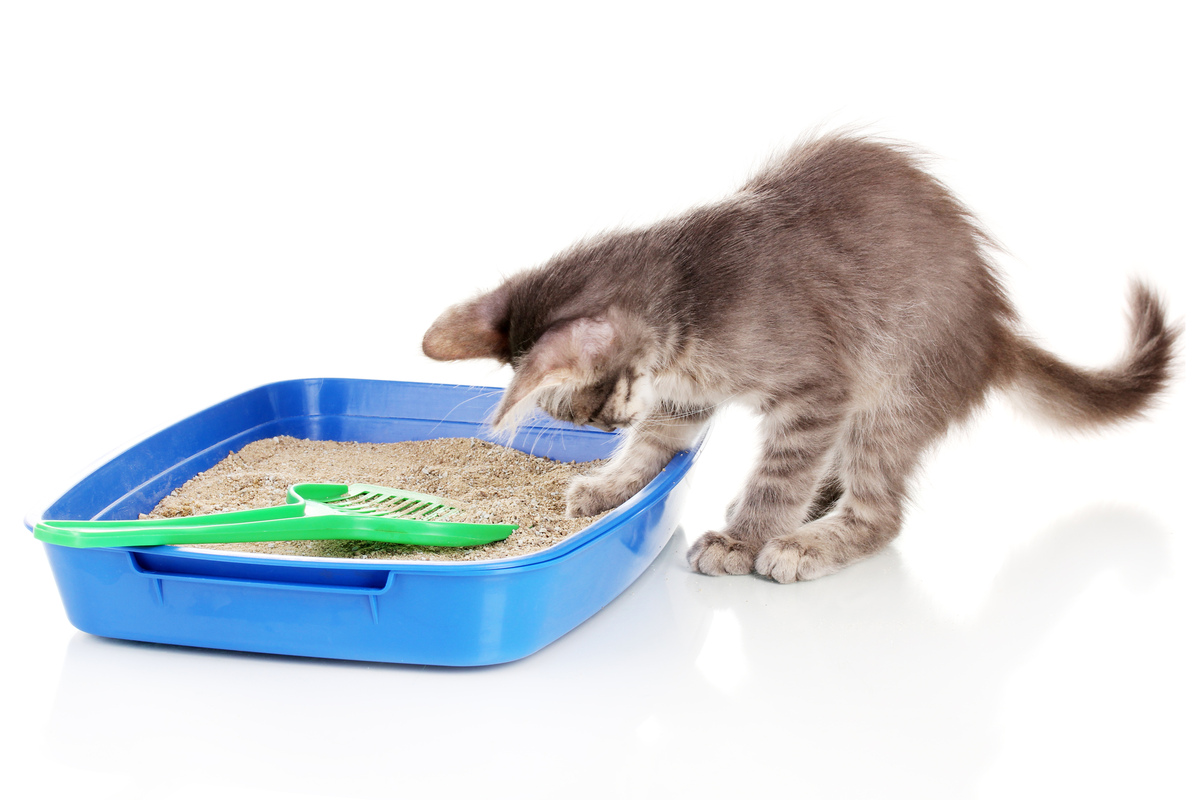
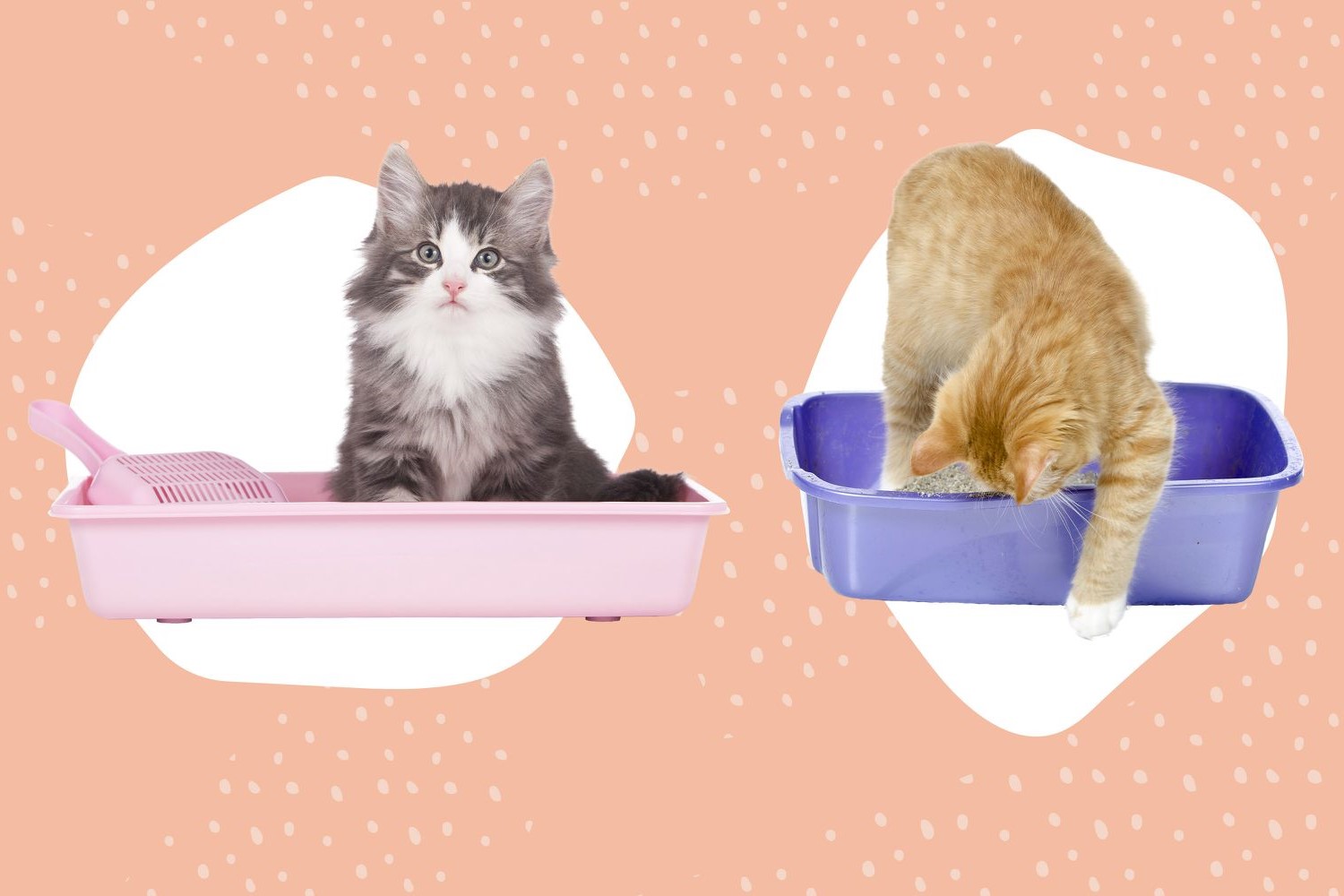
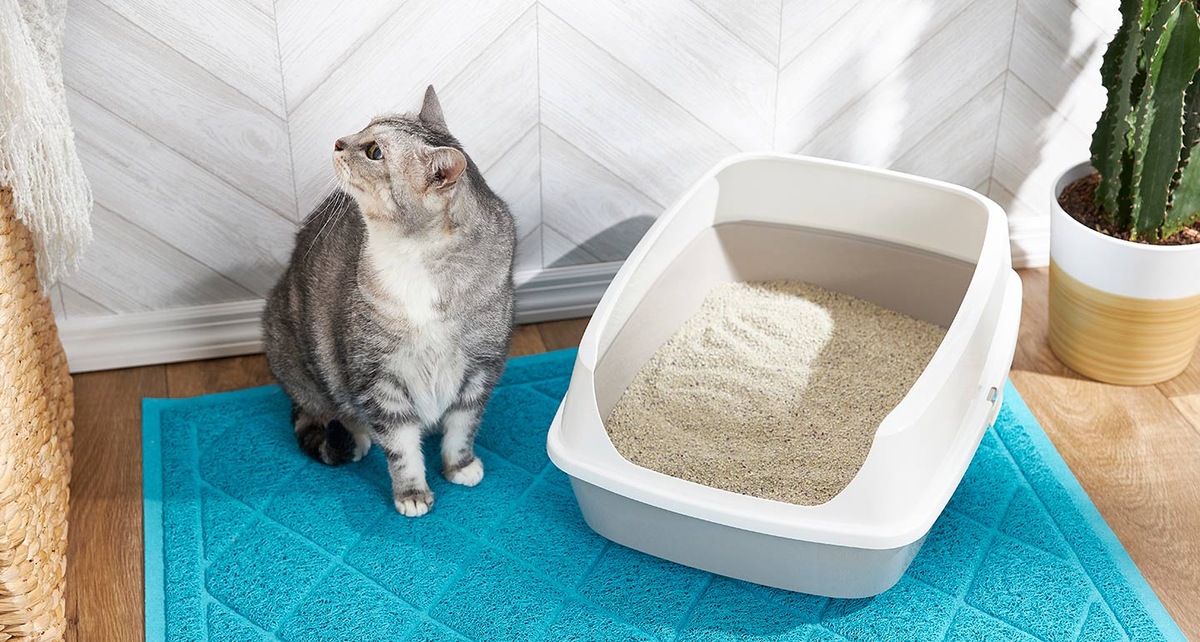
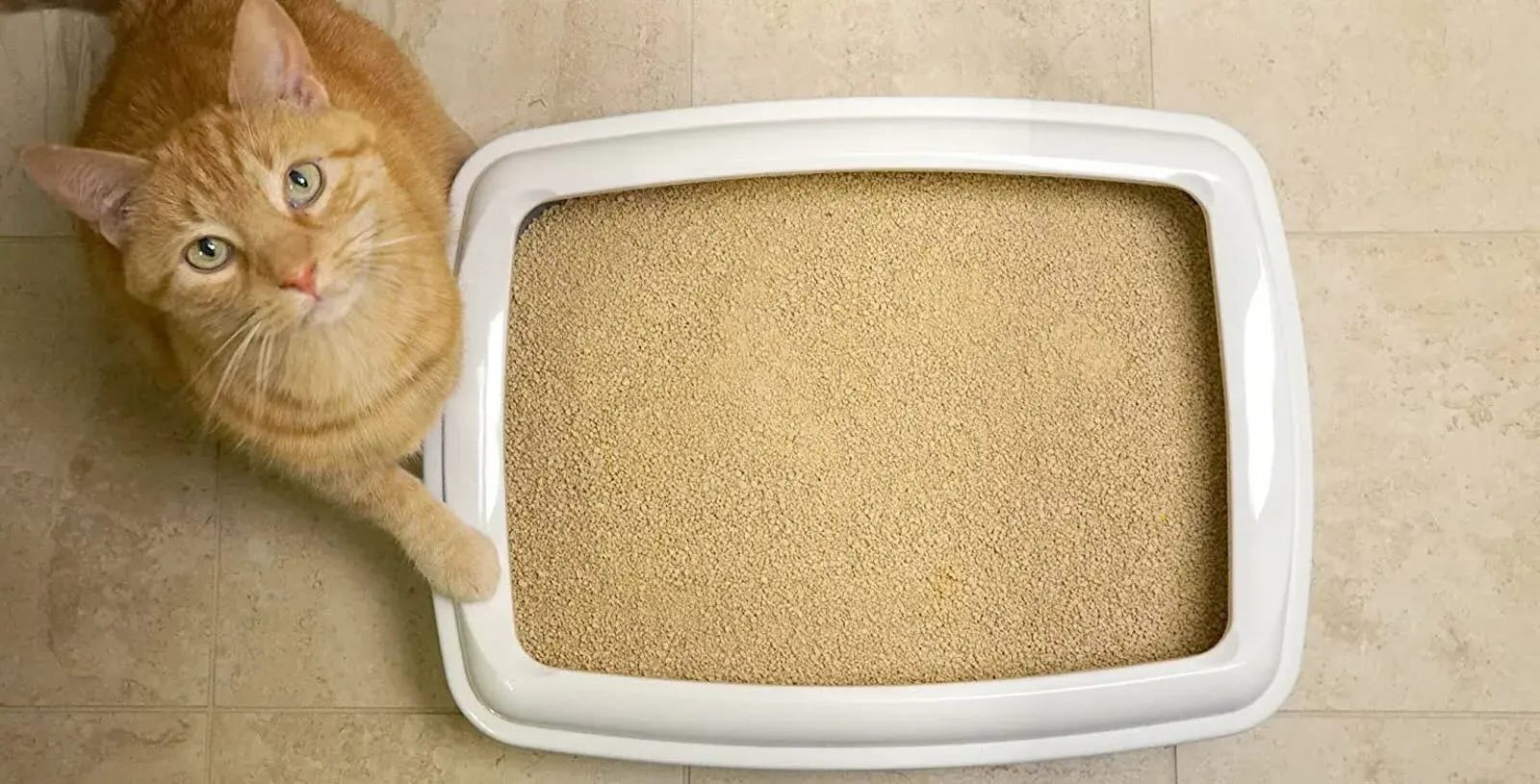
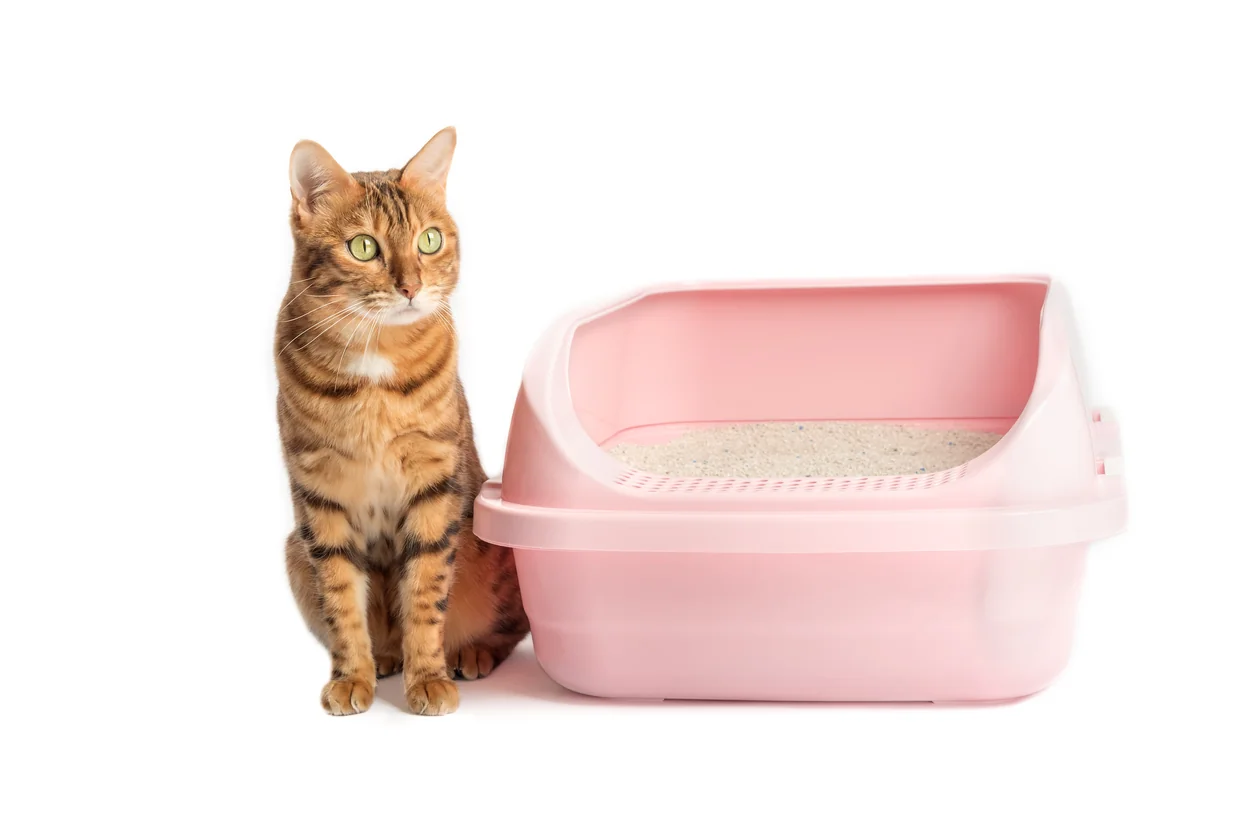
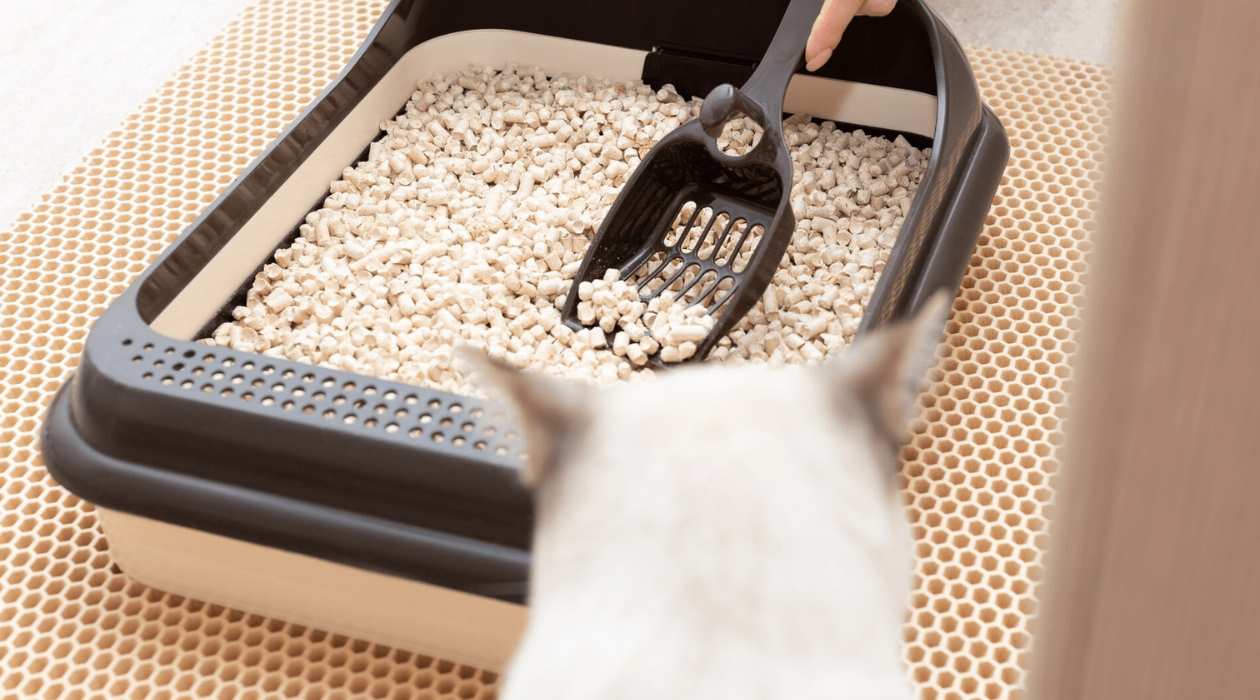
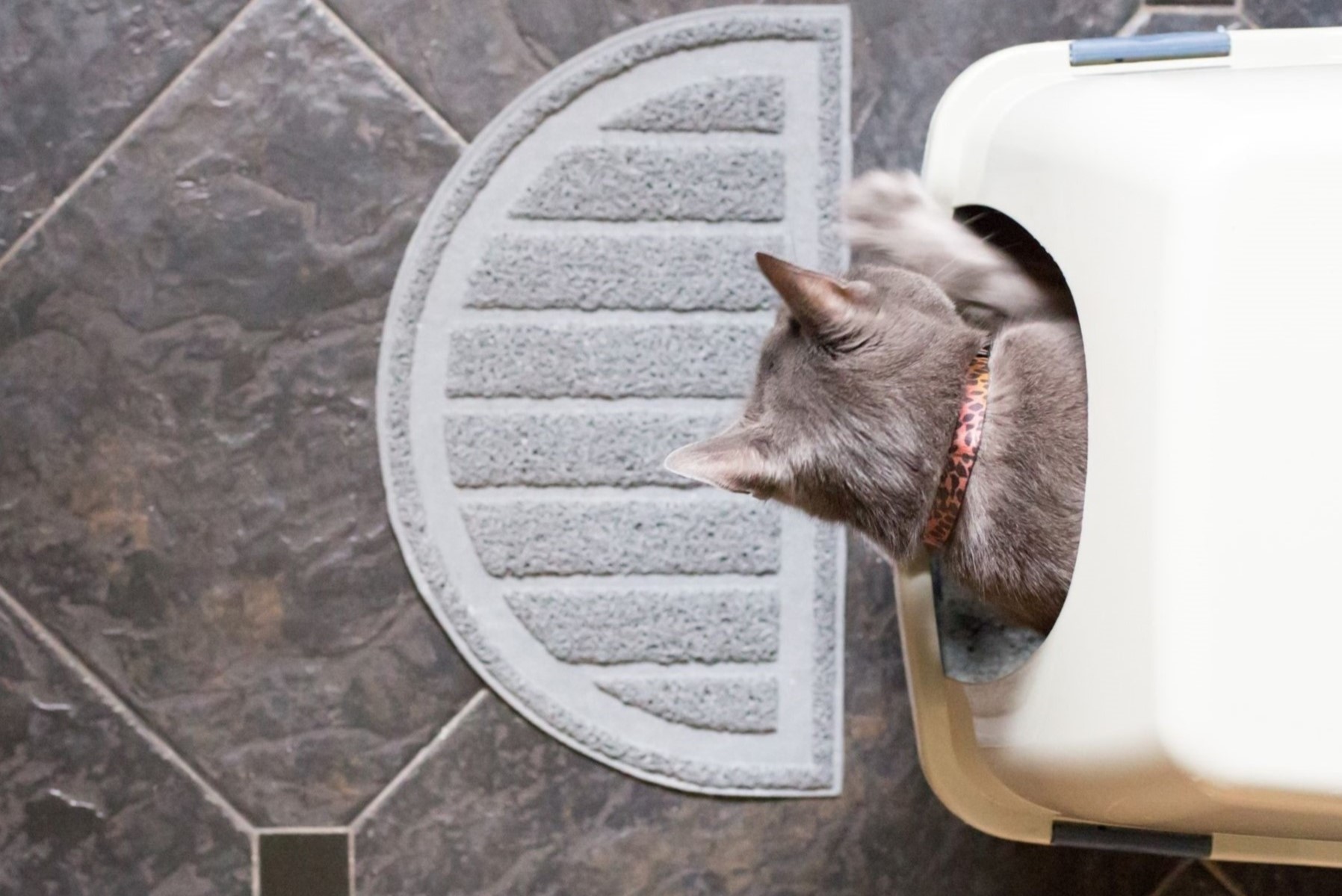
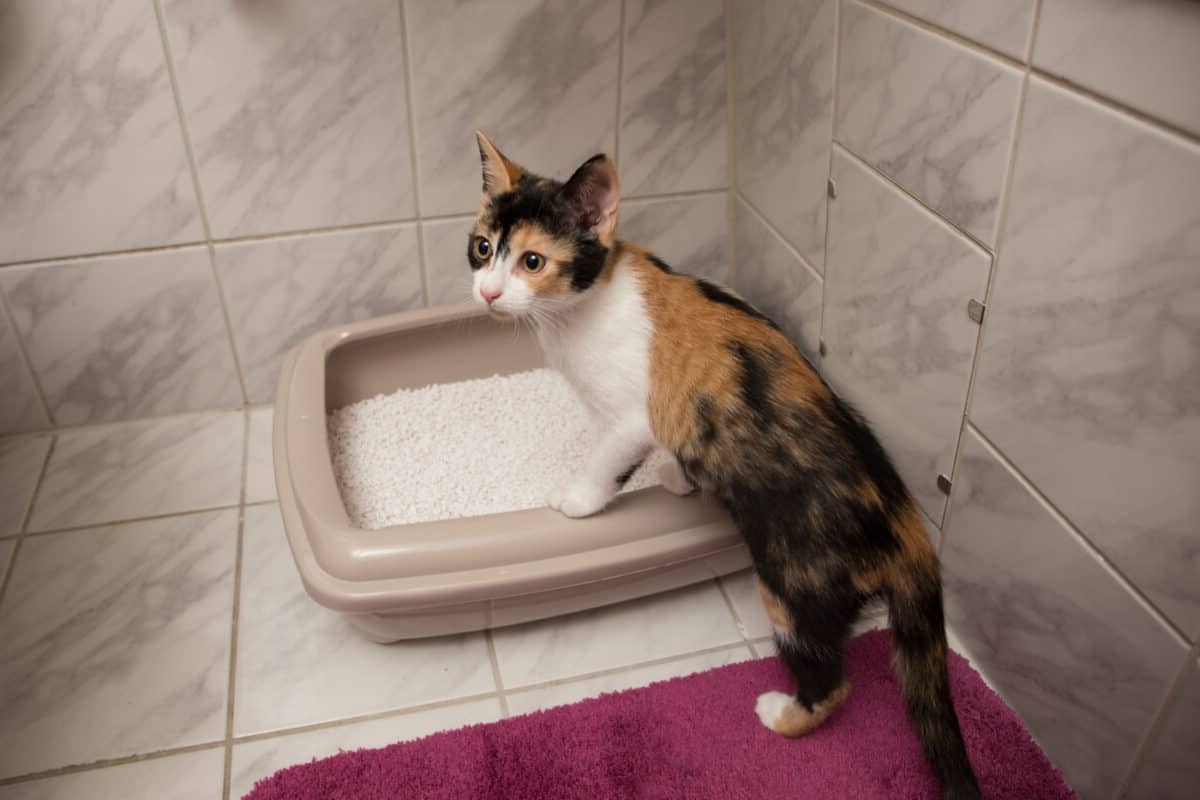
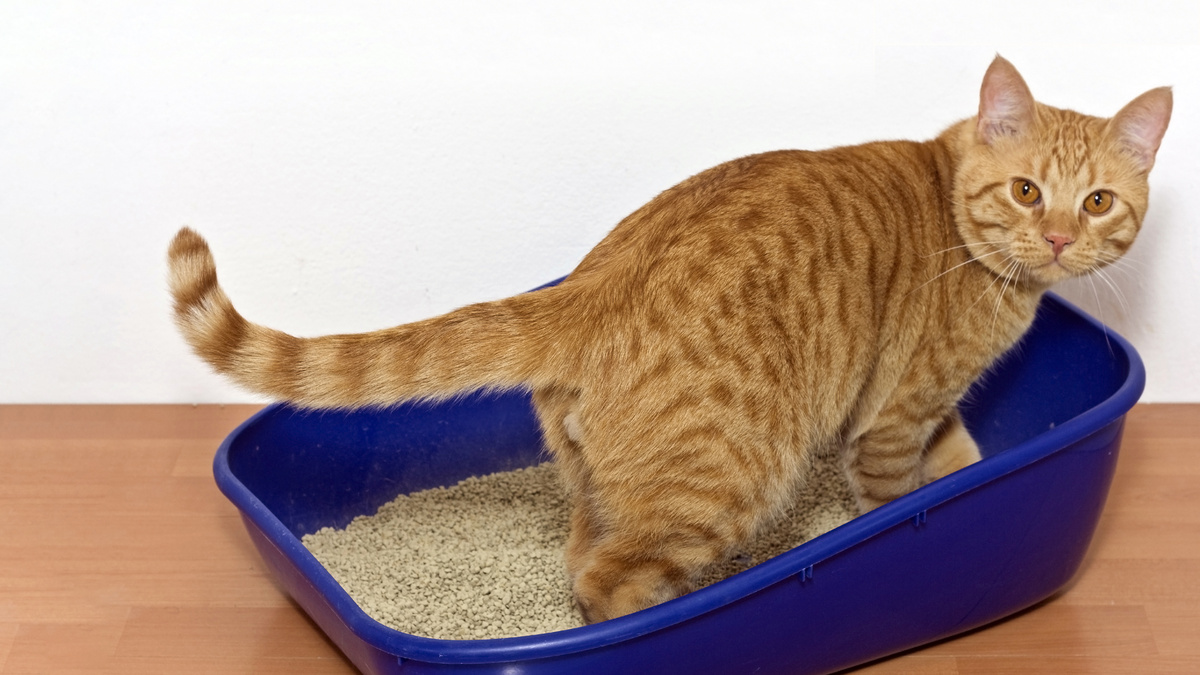
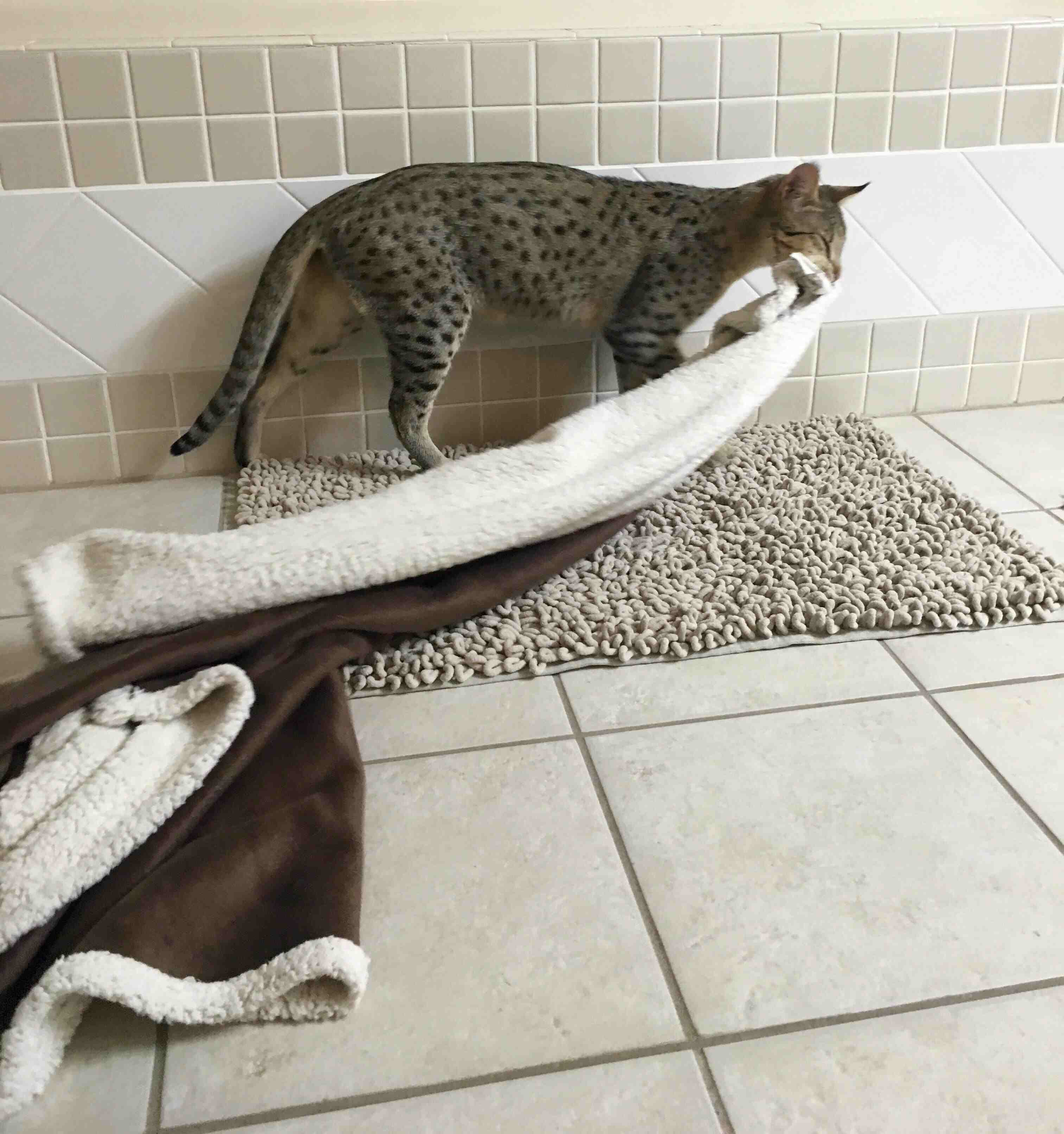
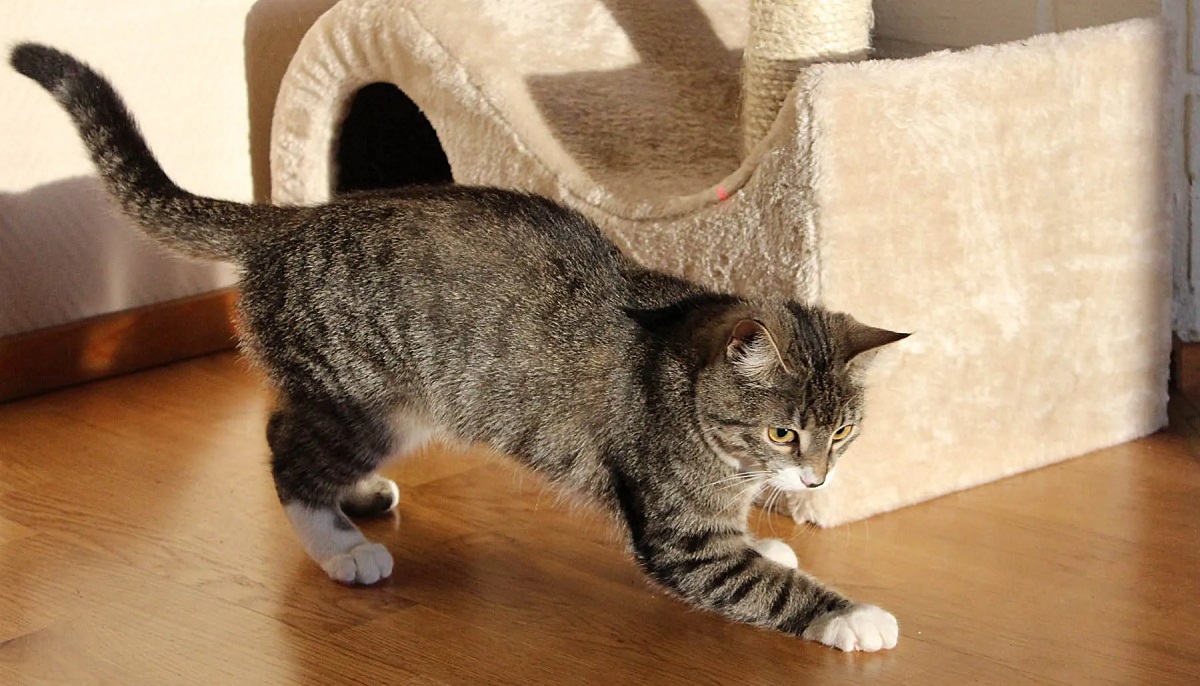
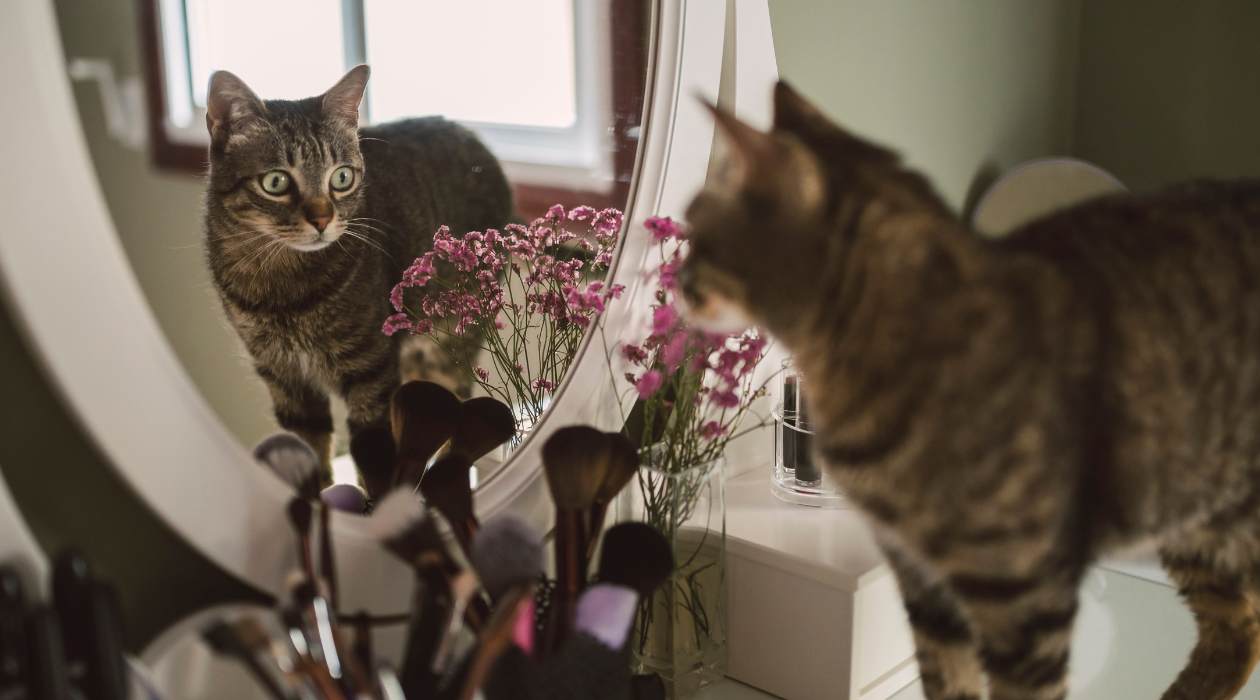
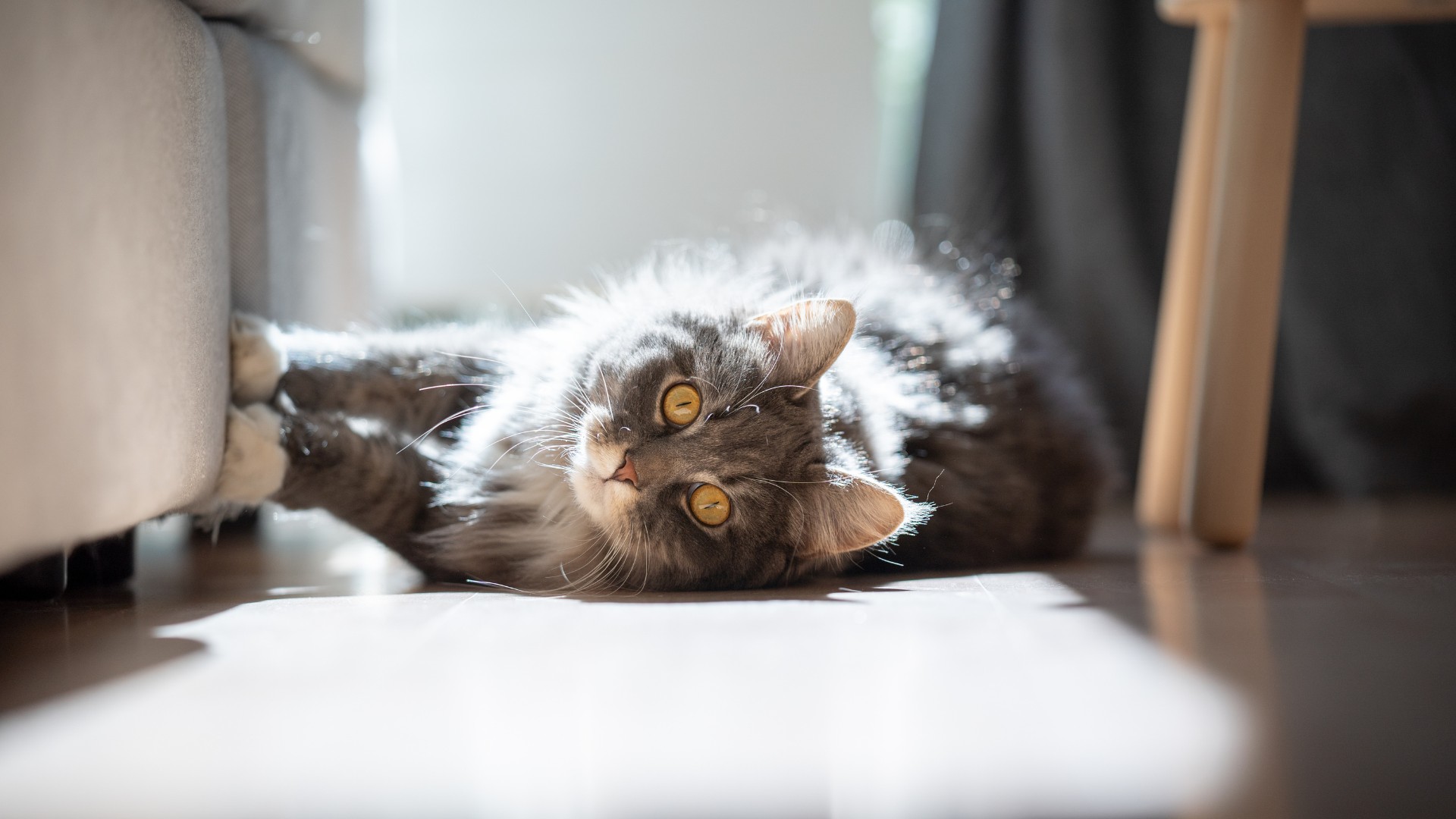

0 thoughts on “Why Do Cats Scratch The Wall After Using The Litter Box”